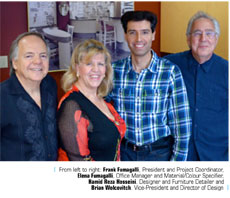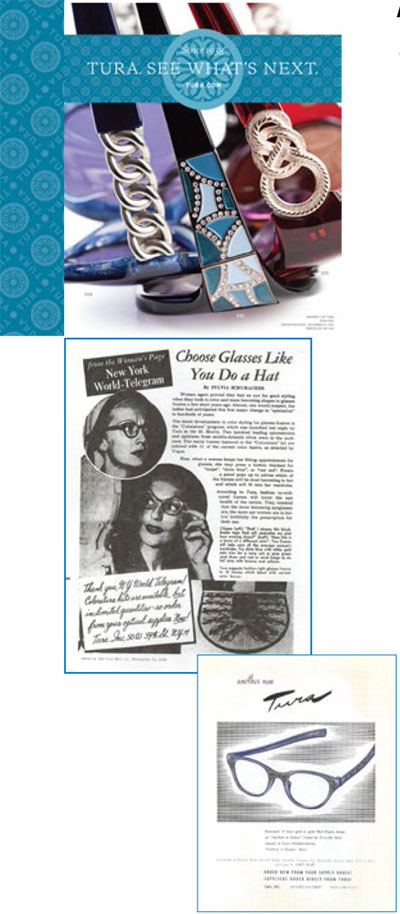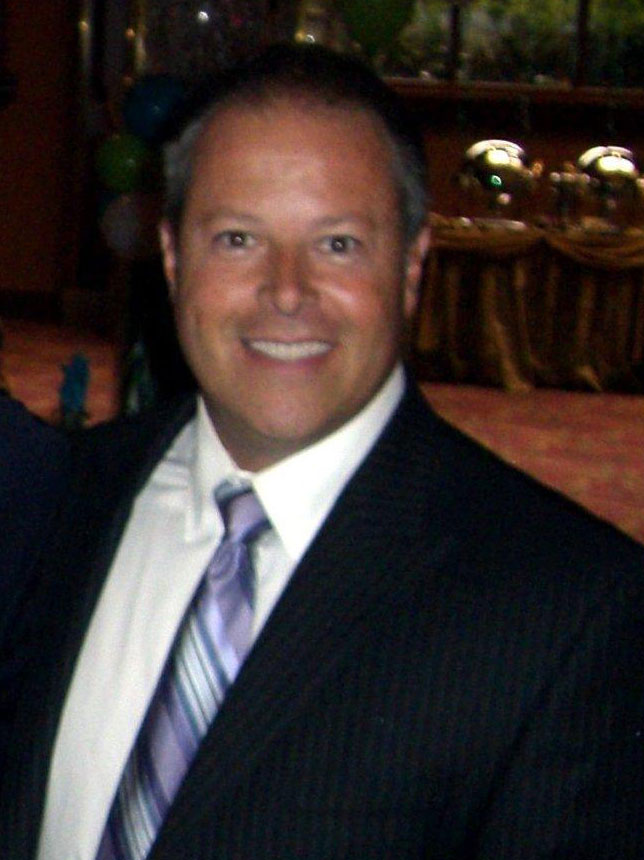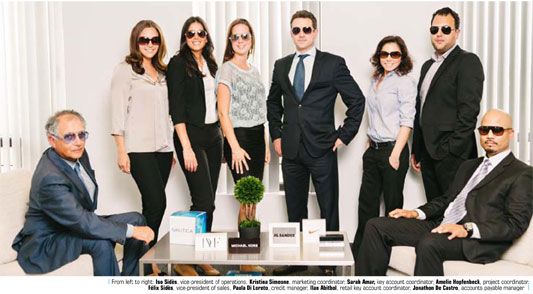By JoAnne Sommers
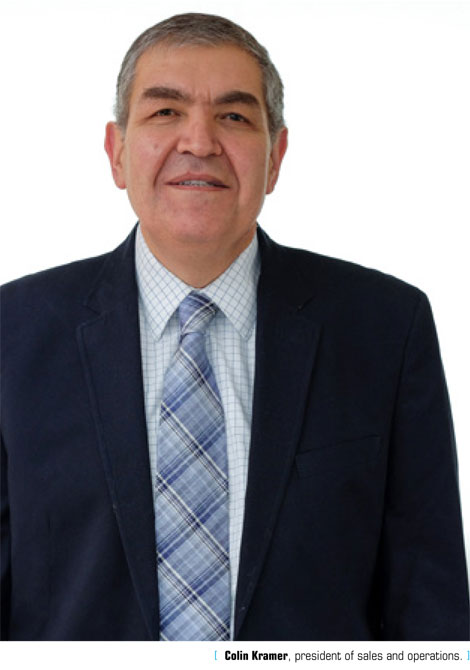 Rada Eyewear is a company on the move. Six years after its official launch, the Concord, ON-based provider of quality, fashionable eyewear products is preparing to make its move into the giant U.S. market while expanding its existing footprint in Canada.
Rada Eyewear is a company on the move. Six years after its official launch, the Concord, ON-based provider of quality, fashionable eyewear products is preparing to make its move into the giant U.S. market while expanding its existing footprint in Canada.
Rada is also making plans to increase its product range and enter different market segments, says Colin Kramer, president of sales and operations.
The company was founded in 2008 by a group of businessmen that included Kramer. A native of South Africa, Kramer, who has an accounting background, worked for various companies and was the CEO of Makro Medical, a large medical device manufacturing and distribution company, before coming to Canada in 2006. He then worked for Steelback Brewery, an Ontario company, as its VP of Operations from 2006 until 2008. In launching Rada, Kramer had the backing of a group of investors and entrepreneurs who had experience in the optical field and with whom he had worked in the past. The group felt there was an opportunity in the Canadian market for a company that offers good quality, affordable frames and sunglasses in various product categories for adults, children and teens, Kramer explains.
“We have made a commitment to provide our customers with innovative products and service at competitive price points,” he notes. “Our eyewear offers exceptional style, quality and excellent value, combined with dependability and thoughtful design. We continuously monitor innovations in the market, along with changes in style and fashion, and we incorporate these into our product offerings.”
Underpinning Rada’s success is its partnership with Emporium Eyewear Ltd., one of Europe’s largest optical companies. Headquartered in Wembley, England, Emporium Eyewear has been providing unique and superior quality eyewear to the U.K. and European markets since 2001.
The six-year partnership between Rada and Emporium, which involves product development and sourcing, gives Rada access to Emporium’s expertise and facilitates its input into the creation of new models and designs for the North American market.
Says Kramer: “We have the advantage of being partnered with a major company, which is one of the largest branded distributors in the U.K. and Europe. Emporium Eyewear designs and develops the brands and we work directly with them throughout this process, from conception to manufacturing.”
Kramer was very excited about Rada’s exhibit at Vision Expo East (VEE) this spring. The company launched all of its collections at the New York show from March 28-30, which it used as a springboard into the U.S. market as well as for the Canadian customers who visited.
Those collections include Kids Vision, with trendy styles for boys and girls in eye sizes ranging from 47 down to 36 cables; other children’s collections include BMX Eyewear and BMX Teen, as well as Disney Princess, Iron Man, Spider Man and Marvel Avengers. Since late 2013, Rada Eyewear has been the distributor in Canada for the latter four collections.
“To be approved by the licensees to carry their brands in Canada is an indication of their confidence in us as a distributor,” says Kramer. “It also means that we can offer several very popular brands of high-quality children’s eyewear that help to differentiate us from our competitors.”
For women, Rada offers Foschini Eyewear, an elegant, progressive-friendly ladies’ line that is newly arrived from Europe.
Carducci is the company’s diverse, core, adult classic line. This unisex line caters to the needs of almost every man and woman, says Kramer. “The designs are classic traditional and intended for everyone from teens to those aged 70-plus.”
Many models within the Carducci collection are made with stainless steel or monel metal and it includes an assortment of full-rim and semi-rimless frames.
The Solo collection consists of flex hinge metal (nickel silver) frames, plus classic and modern adult men’s, ladies and unisex frames made of plastic. This is Rada’s budget range, Kramer says.
Delancy is Rada’s plastic (hand-made acetate) frame line. The designs are retro yet funky and appeal to a wide age range, from teens and up. Hand-made acetate frames are extremely fashionable and the Delancy collection offers a wide variety of colourful, European-inspired styles. ”There are many popular retro and funky models included here,” Kramer says. “This collection continues to grow from strength to strength.”
Emporium Rimless is Rada’s ever-fashionable rimless range. This high-end collection is designed for both men and women clients. The frames are made of stainless steel and the temples of some models are made of TR90 material.
Rada’s team of sales representatives is one of the company’s greatest strengths, says Kramer.
“Our sales people have many years of experience in the eyewear field and possess excellent product and market knowledge. Rada’s business model is customer-centric and we work with our customers to develop and diversify their selection of frames.”
To this point, the company has focused its efforts primarily on central Canada, with some representation in the east and west, but it is in the process of increasing the size of its sales teams in all provinces.
“We are entering the branded product segment of the business, which makes this a very exciting time for us,” says Kramer.
And as it looks forward to its U.S. launch later this year, coupled with plans for expansion in Canada, Rada is aggressively seeking new sales people, preferably those with optical industry experience.
Says Kramer: “We are embarking on a significant growth phase and this is opening up great opportunities for people who are interested in joining a progressive, forward-looking company at a relatively early stage in its development. As we expand, these people will have exciting opportunities to advance their careers.”
Anyone who is interested in pursuing this opportunity is invited to contact Colin Kramer at: colin@radaeyewear.com or call 905.597.8202.
Successful applicants will be joining a company that has made a commitment to continuous improvement, Kramer notes.
“We offer quality and reliability in both our products and our service and continually assess and measure ourselves in an effort to achieve and surpass industry standards. Thanks to our strategic European partnership with Emporium Eyewear, we stay on top of fashion and design trends. This helps us to understand the growing market in both adult and children’s eyewear and meet these needs with a diverse collection of frames.”
For Rada, the sky’s the limit.





